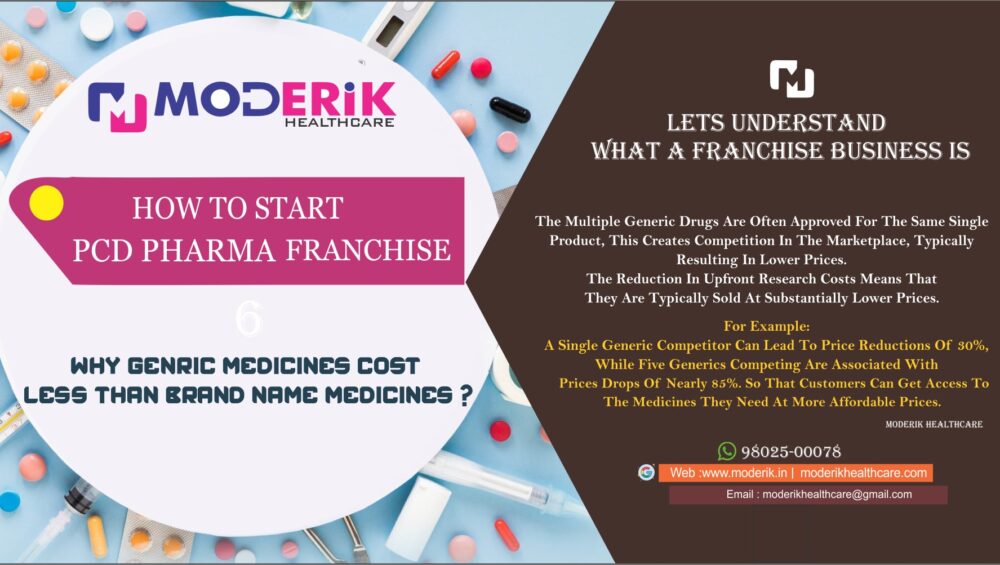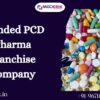Discover the reasons behind the cost difference between generic and brand name medicines. Gain insight into the pharmaceutical industry’s pricing strategies.
Research and Development Costs:
Brand-name medicines involve significant costs in terms of research, development, and clinical trials. Pharmaceutical companies invest substantial resources in discovering and developing new drugs, which contributes to higher prices for brand-name products. Generic manufacturers, on the other hand, don’t need to bear these initial research costs.
Marketing and Promotion:
Brand-name medicines often have extensive marketing and promotional campaigns to establish their name in the market. These marketing expenses are passed on to consumers, contributing to the higher cost of brand-name drugs. Generic medicines, in contrast, rely less on marketing efforts and are often chosen based on their active ingredients and therapeutic efficacy.
Patents and Exclusivity:
Brand-name drugs are typically protected by patents that grant the original manufacturer exclusive rights to produce and sell the drug for a certain period (usually around 20 years). During this time, the manufacturer can charge higher prices to recoup their research and development costs. Once the patent expires, other manufacturers can produce generic versions, leading to increased competition and lower prices.
Competition:
The entry of multiple generic manufacturers into the market after the patent expiration creates competition. This increased competition drives down the prices of generic drugs as manufacturers compete to offer the lowest prices.
Regulatory Approval:
Generic medicines are approved by regulatory agencies (such as the FDA in the United States) based on their equivalence to the original brand-name drug. This streamlined approval process saves time and resources compared to the extensive clinical trials required for brand-name drugs.
Manufacturing Costs:
Generic manufacturers can produce medicines once the original drug’s patent has expired, using established production processes. This often results in lower manufacturing costs for generic drugs.
Ingredients and Formulation:
Generic drugs must have the same active ingredient, strength, dosage form, and route of administration as the brand-name counterpart. This standardized approach reduces the need for expensive research into new formulations.
Prescription and Healthcare Costs:
Lower-priced generic drugs can contribute to reduced healthcare costs overall, making medications more affordable for patients and healthcare systems.
It’s important to note that while generic drugs are required to have the same active ingredient as the brand-name drug, there may be slight differences in inactive ingredients (such as fillers and binders). However, regulatory agencies ensure that these differences do not affect the safety, efficacy, or quality of the generic product.
Overall, the combination of reduced research and development costs, competition, and streamlined regulatory processes allows generic medicines to be produced and sold at lower prices compared to brand-name medicines.




